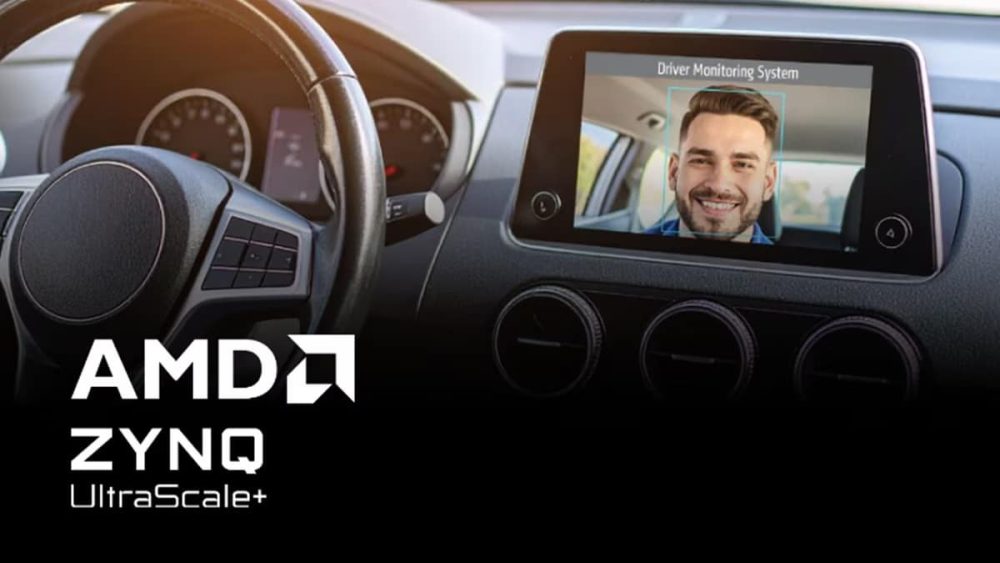AMD has a longstanding presence in the automotive industry and is a key technology enabler in Driver Monitoring Systems (DMS), which are essential components in Level 2, 2+, and Level 3 vehicles. As vehicles gain more autonomous features, the demands on DMS technology grow accordingly. DMS is now a critical part of Advanced Driver Assistance Systems (ADAS), helping ensure the driver remains alert and responsive.
Stricter NCAP Ratings Push Innovation
Beginning in 2026, the Euro NCAP will adopt more rigorous standards for achieving a 5-star safety rating, placing heavier emphasis on both Driver Monitoring Systems and Occupant Monitoring Systems (OMS). Key evaluation points include drowsiness detection, distraction monitoring, and detecting unresponsive drivers. NCAP 26 will award up to 60 points under its “Safe Driving” category, 30 for Driver Engagement, and 30 for Occupant Monitoring. This threshold will increase to 72 points in 2027 and 84 in 2028, reinforcing the need for increasingly advanced systems.
Colin Barnden, Lead Analyst at Semicast, emphasized this shift: “What is evident is that NCAP26 is proving an earthquake for driver monitoring decision-making at the OEMs. NCAP26 starts to meld ADAS with DMS, a trend which will develop further with the NCAP29 roadmap that looks set to integrate the driver state signals with airbag deployments.” The ultimate goal is to use advanced monitoring to understand the state and behavior of occupants, unlocking a major leap in road safety.
AMD Adaptive SoCs: Meeting Tomorrow’s Standards
AMD’s product portfolio is uniquely positioned to address the rapidly evolving DMS and OMS requirements. Automotive Tier 1 suppliers like Seeing Machines have chosen AMD’s Adaptive SoCs to power their DMS solutions. These chips blend programmable logic, AI inference capabilities, and CPU performance to enable real-time, highly optimized processing.
FPGAs and adaptive SoCs also offer exceptional scalability, supporting diverse OEM platforms and meeting stringent safety certifications like ISO 26262 and ASIL-B. This flexibility makes AMD’s solutions ideal for systems that must adapt to varying car architectures and sensor integrations.
OEM Adoption Accelerates
Numerous OEMs have already integrated AMD FPGAs and SoCs into their in-vehicle monitoring platforms. Mitsubishi Electric Mobility Corporation is one such example. Takafumi Yamamoto, General Manager of the Sensing Equipment Design Department, noted:
“The functionality and performance required for driver monitoring systems are increasing year by year, and there is a need to provide solutions that integrate multiple sensing devices inside the vehicle. The AMD SoC platform can flexibly meet these requirements in terms of both hardware and software, ensuring scalability for future feature expansion.”
Designed For The Road Ahead
As the Euro NCAP rating system continues to evolve, vehicle manufacturers will face even more demanding safety and monitoring standards. AMD’s silicon portfolio offers the ideal foundation to meet these changes across different vehicle architectures and ADAS systems. The company’s commitment to performance, scalability, and safety positions it as a key enabler of the next generation of in-cabin sensing solutions.
A One-Stop Shop for Automotive Innovation
From powering infotainment systems to enabling fully autonomous driving and vehicle-to-everything (V2X) communications, AMD delivers high-performance CPUs, GPUs, FPGAs, and adaptive SoCs tailored for the automotive sector. Its technologies support everything from real-time AI inference to immersive graphics and mission-critical safety applications, making AMD an indispensable partner for carmakers worldwide.


